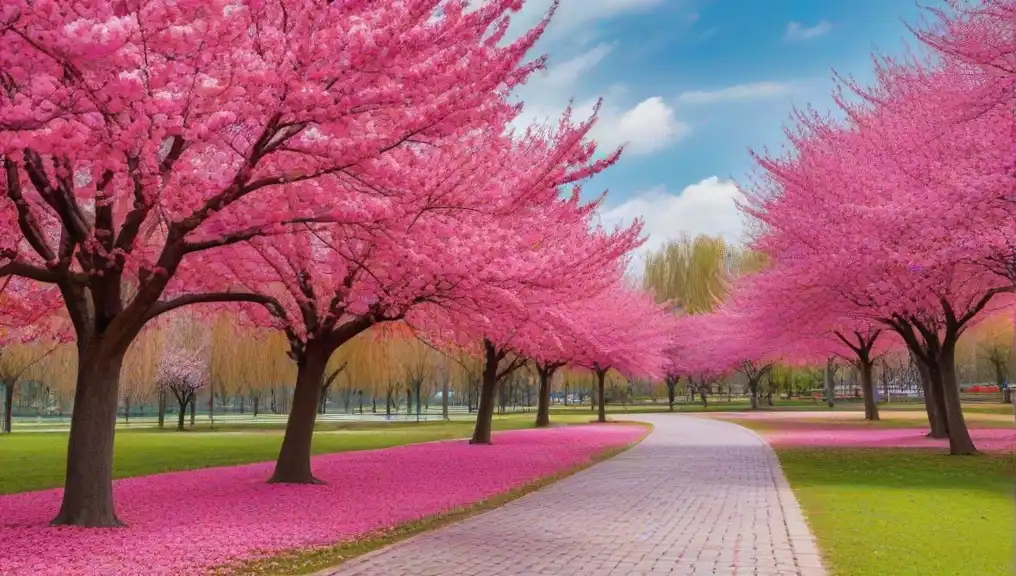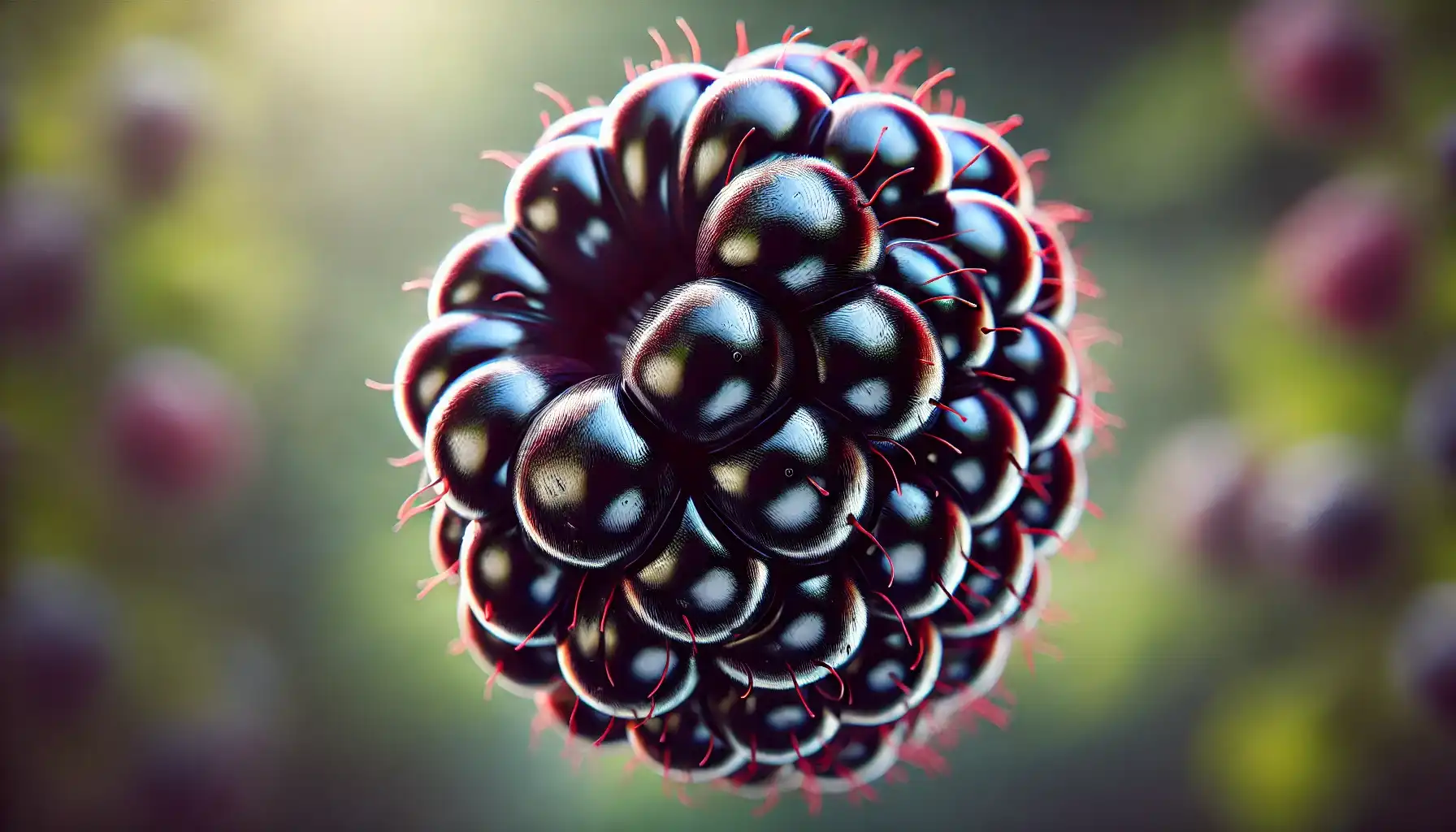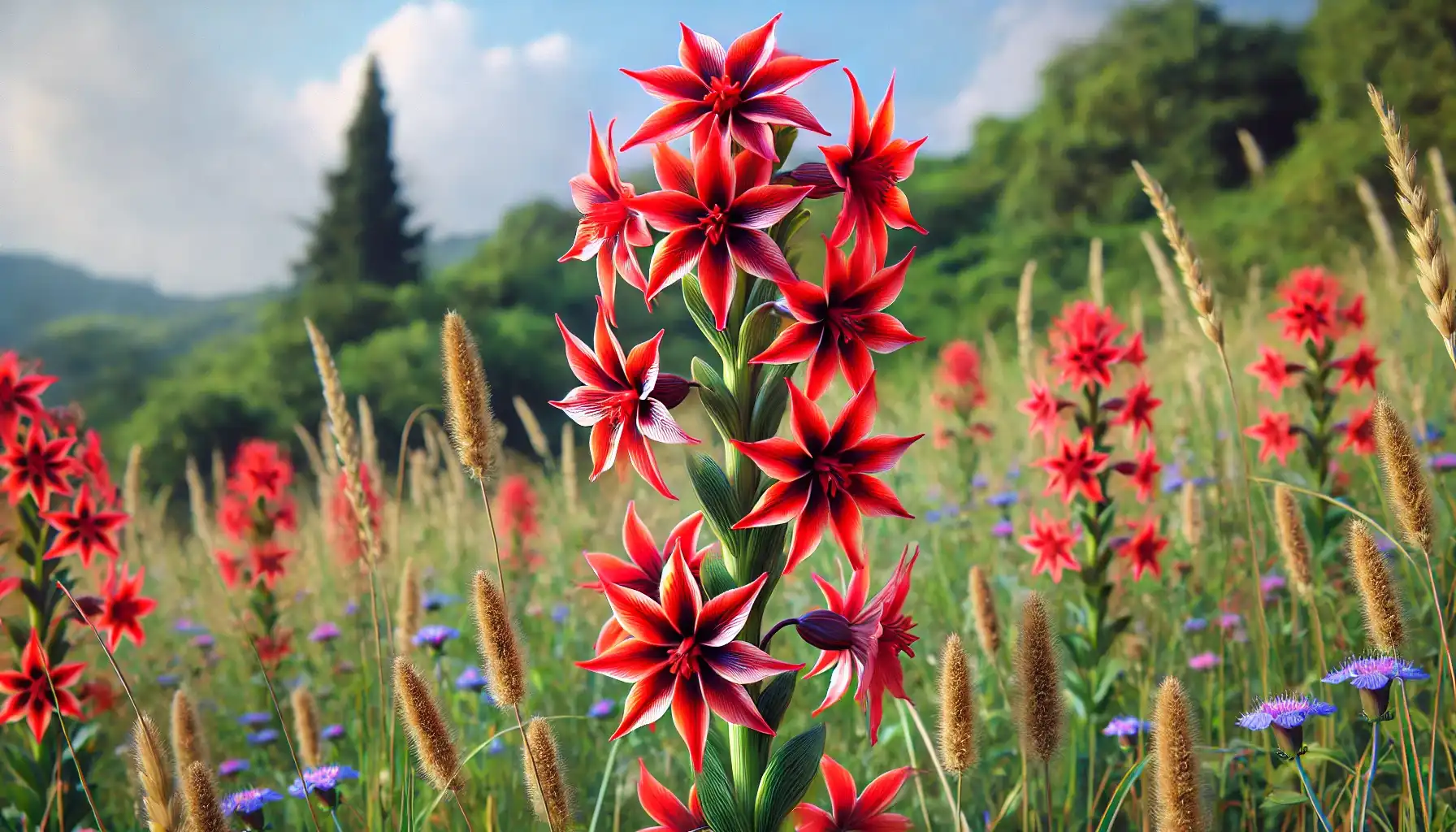Fear-Inspiring: What's The Scariest Plant in The Forest?
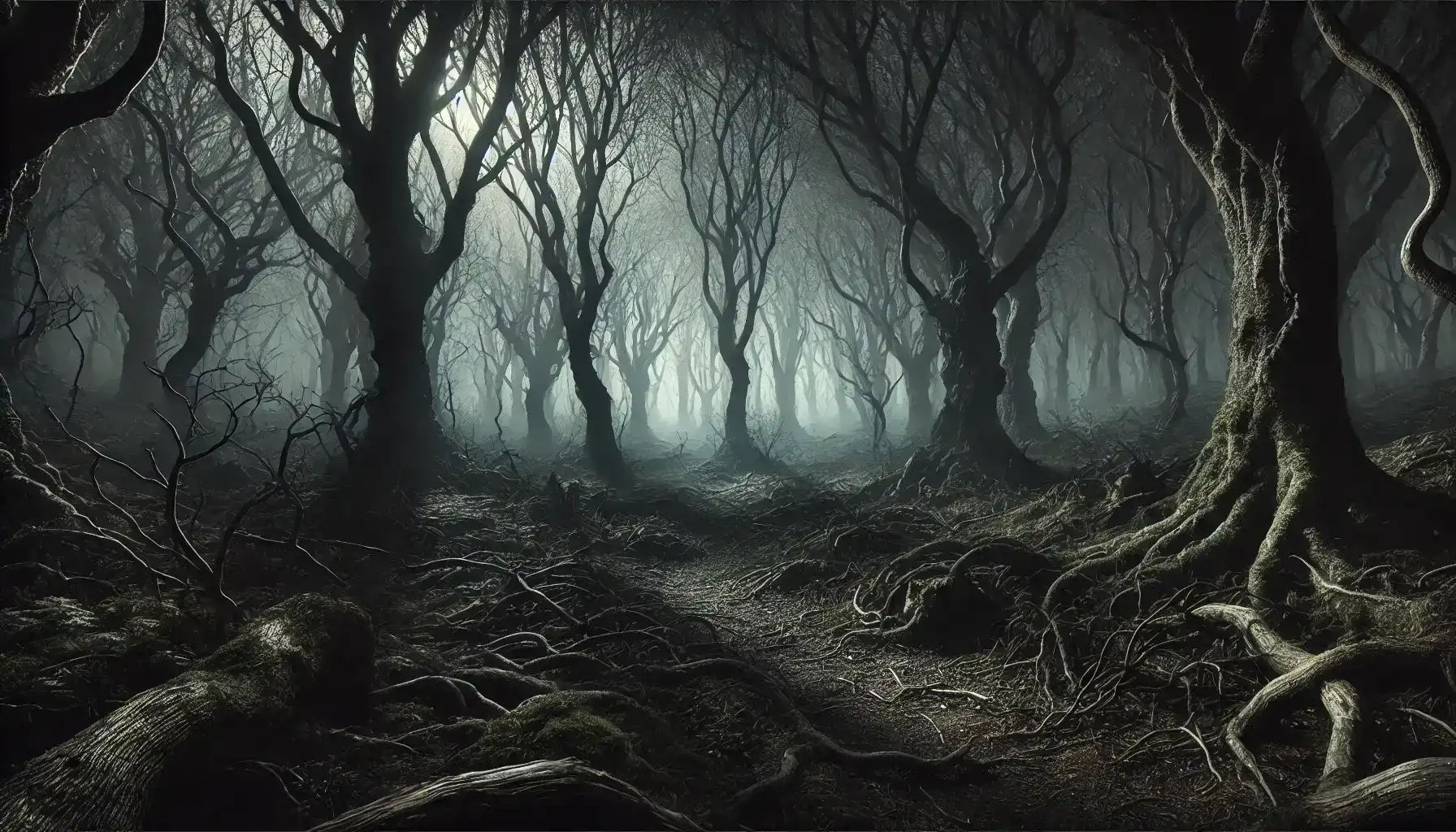
Some plants are beautiful, some plants are not. As green lovers, we all got used to the unwavering magnificence of natural creations, though the reality is a bit more complicated than it seems at first. Among a wide range of plants, there appear species that can perplex and terrify an unprepared sole. But why?
Some plants are beautiful, some plants are not. As green lovers, we all got used to the unwavering magnificence of natural creations, though the reality is a bit more complicated than it seems at first. Among a wide range of plants, there appear species that can perplex and terrify an unprepared sole. But why?
In this short yet concise material, we are going to discover what is the scariest plant in the forest, why it bears such a title, and how to interact with the greenery of unconventional origin and peculiar forms. Discover what nature hides and how to communicate with plant species properly.

The List of the Most Spine-Chilling Plants
The disputes about what's the scariest plant in the jungle do not usually stop, and selecting such a floral creation is like a challenge itself. Here, we have compiled a list of the plants that exhibit terrifying features or those with dangerous potential. Have fun.
Bat Flower (Tacca chantrieri)
The Bat Flower, scientifically known as Tacca chantrieri, is a gothic elegance, an eerie flower, born in the tropical forests of Southeast Asia (i.e., Malaysia, Thailand, Tibet, China, etc.). The plant has small clusters of purple flowers and large, wing-like black bracts that may make resemblances with bat wings and something supernatural in general.
Despite the spooky appearance, the use of the plant is rather mundane, for the Bat Flower has the traditionally accepted medical properties that come down to normalization of blood pressure, burns, and much more.
Bleeding Tooth Fungus (Hydnellum peckii)
Probably, one of the most well-known species of the nightmares is the Bleeding Tooth Fungus, a white-colored formation with bloody red fluid that oozes from the surface of a plant. When excessively moist, the fungus can perform guttation, the process of expelling pigmented liquid from its body.
However unpalatable and harmful it might seem, the plant does not usually pose threats to human health yet it boasts its bitter taste in turn.
Manchineels (Hippomane mancinella)
Some natural creations, though, do have a deceiving appearance that can mislead and even ruin the innocent. Manchineels can do the same. Natively grown in Central and South America, manchineel trees produce apple-like fruits (literally Snow White’s poisoned apple) that can cause burns, blistering, and blindness just because of the slightest physical contact with a tree. Any type of “communication” with the plant is prohibited, for it can be lethal for all.

Octopus Stinkhorn (Clathrus archeri)
Plants such as Octopus Stinkhorn do not usually come unnoticed, for they have such an outstanding appearance of an octopus with four to eight tentacle-like arms of bright red color. The smell of the Octopus Stinkhorn is recognizable, for it reminds rotten flesh that still attracts insects to disperse its spores in the end. This grotesque, tricky appearance and aroma successfully protect human beings from consuming oxalic acids that are contained in the Octopus Stinkhorn plant.
Rafflesia
The parade of corpse-related creatures moves on, and the next plant type represents one of the most frightening floral inhabitants in the world. Rafflesia is the largest flowering parasite that produces these structures of red and white. As a rule, it lives entirely off its host vine and appears during the blooming season only. Native to the Asian region, the plant’s scent never fails to cause an aversion to its smell, strongly associated with the odor of rotting flesh.
Snapdragons (Antirrhinum)
The experience has shown that beauty may turn into something less attractive. At first, Snapdragons are charming garden flowers of vibrant colors and dragon-like blooms. However, as soon as the flowers die, there appear dry seed pods that look like miniature pale skulls, which is quite terrifying, isn’t it?
Nevertheless, when in full bloom, the plants play a crucial role in the garden environment by attracting bees and butterflies with the use of vivid flowers. The further transformation into post-bloom “skulls” is a problem of philosophical thought, we believe.
Suicide Tree (Cerbera odollam)
As we have covered before, beautiful plants may lie, and Suicide Tree, as its name suggests, does not ensure a safe experience at all. What makes this option one of the most dangerous ones is its content, for potent toxins like cerberin disrupt the heart’s electrical activity and, hence, lead to cardiac arrest.
History knows that the seeds hidden in its fruits were utilized in trials by ordeal, poison, and suicidal aspirations, too. Its lethal nature masked by the natural beauty is far more terrifying than anything else.
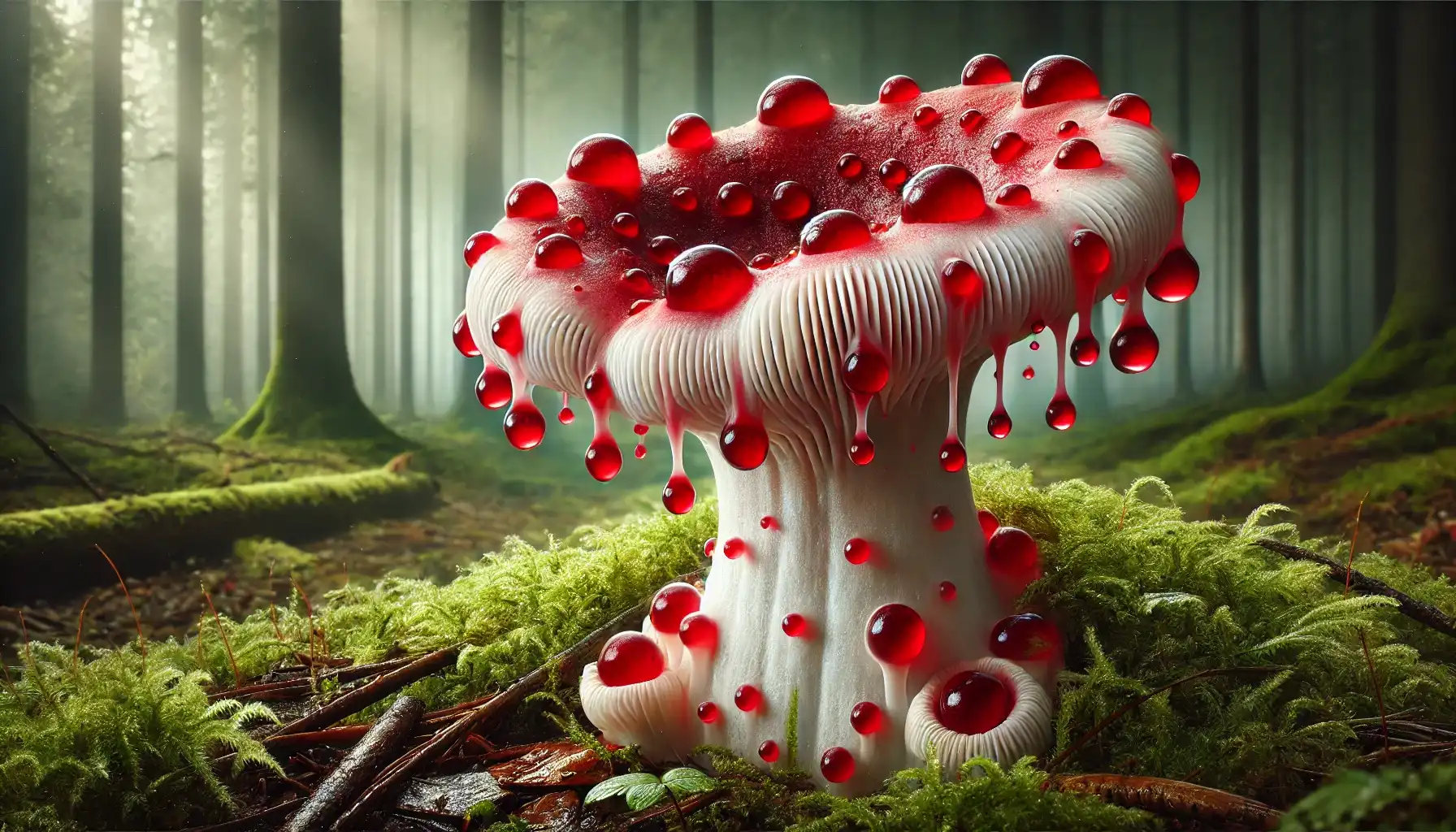
One, two, Plant’s coming for you...
Knowing about plants might be interesting yet vital since there exist so many species that look terrible but provide numerous benefits, and vice versa. The latter option is indeed a catastrophe that can be prevented through controlled plant exploration. So as to make it smoother and less traumatizing, we recommend that enthusiasts employ special botany guides in the form of apps, for example.
The most prominent representative of the plant identification apps is AI Plant Finder. This newly designed platform offers different services for the convenience of its users, including plant care reminders, treatment plan selection, an illuminance meter, a water calculator, a gardening log, an AI Botanist, and the like. Nevertheless, what may save your life once is plant identification by photo.
Plant identification works as follows. So as to detect the plant, it is required to install the app, grant all the necessary permissions (e.g., to the camera use), tap on the “Scanner” button at the center of the tab bar, and point the camera at the plant. Make sure you carefully follow the prompts and take good pictures for the platform to carefully analyze the data and identify the plant accurately.
As a result, one gets the most reliable information possible, which covers toxicity levels, edibility potential, habitat, plant care needs, and growth requirements, too. Seems like a great opportunity to explore the world of flora but stay safe when from afar.

No matter what scares you most, the appearance of the plant species or their chemical composition, it is always important to be aware of how nature works and where this type of flora can be found. This is why such entertaining content not only entertains but also educates one about the peculiarities of the natural world and how to cope with them properly. Explore the flora around you but keep it safe all the time.
Share:
Read More
Identify Any Plant, Diagnose Every Disease
Download Our App Now!
